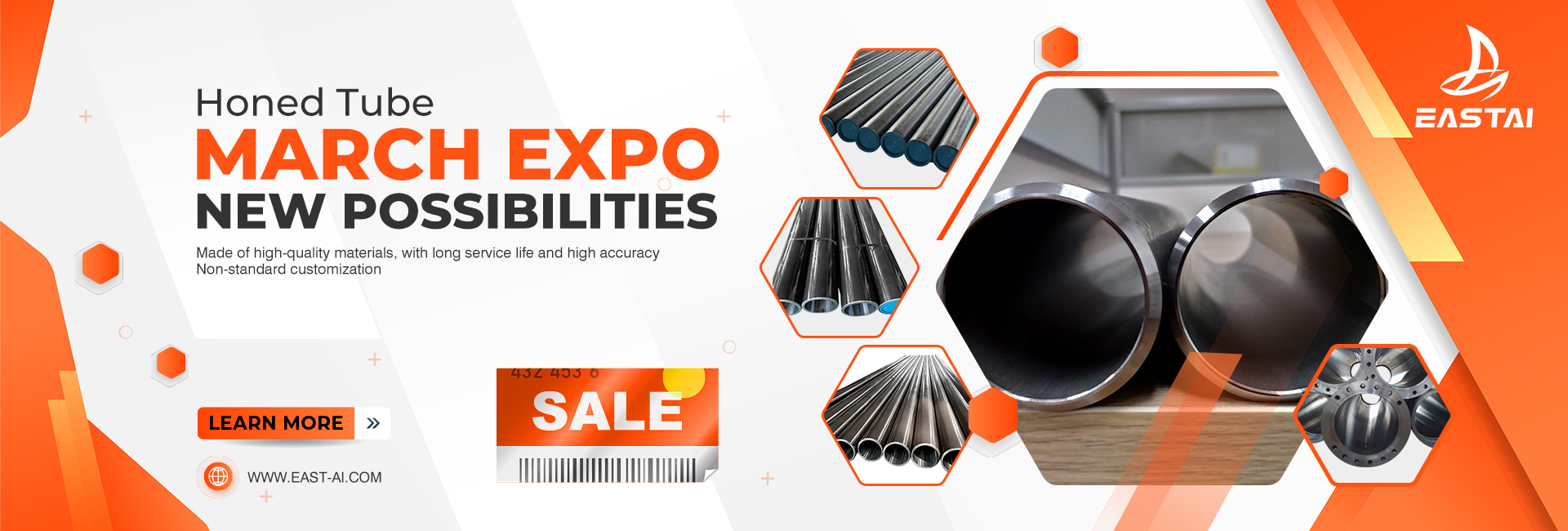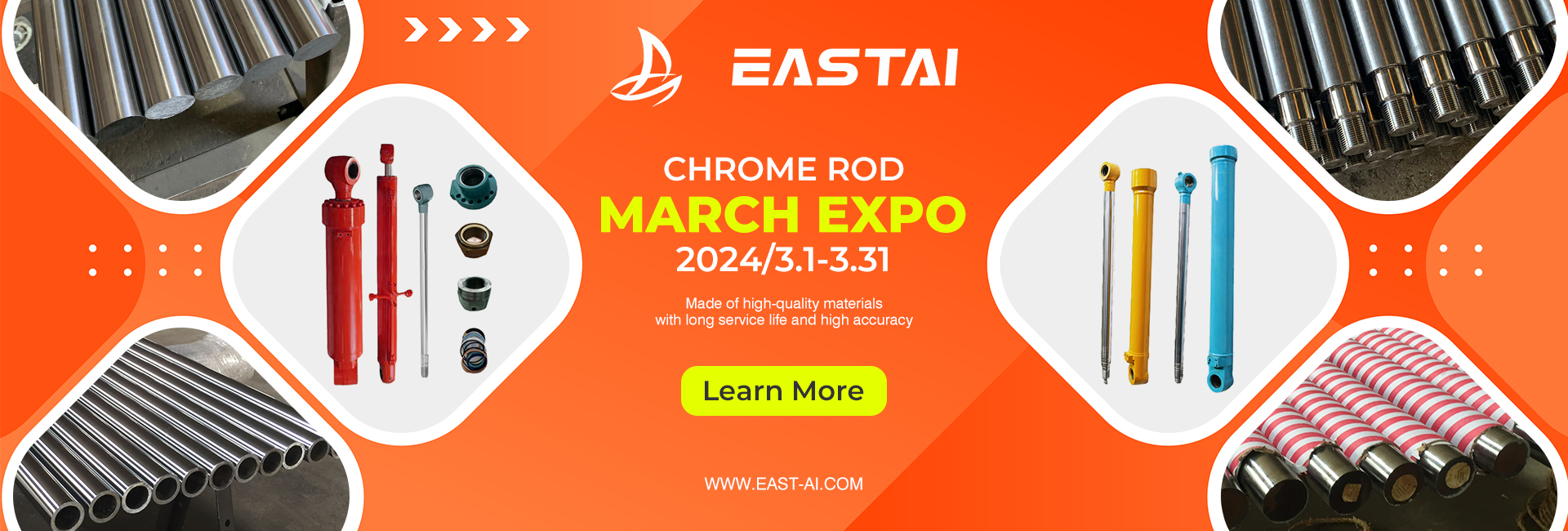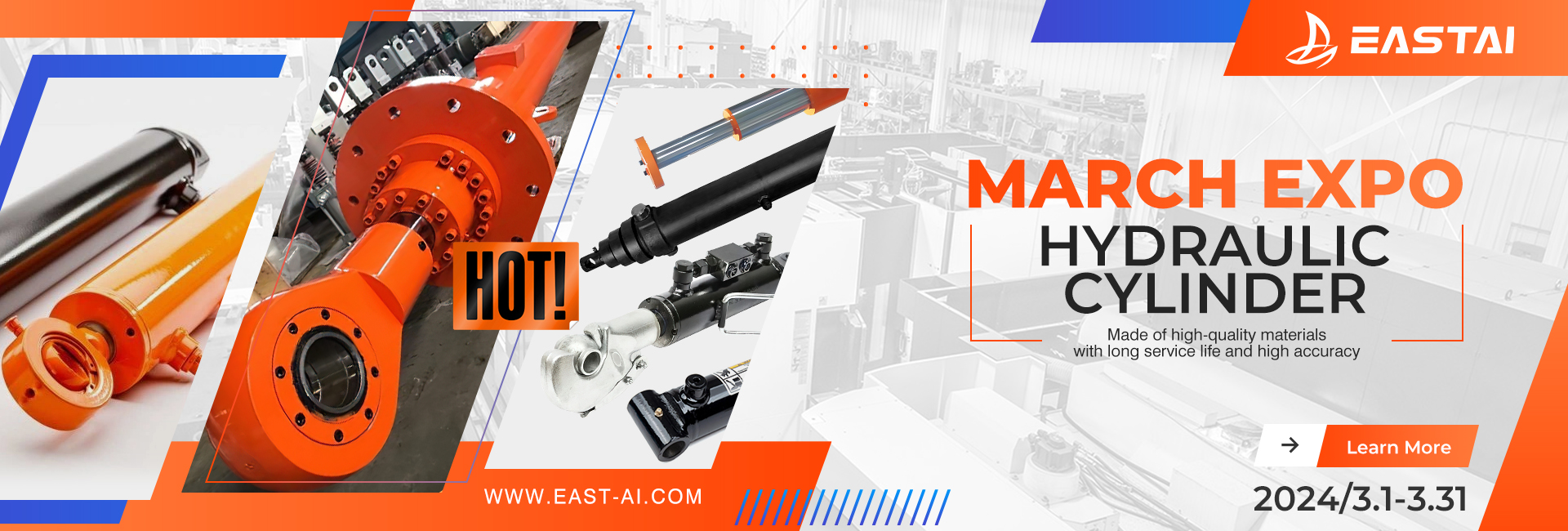The hydraulic system of fully hydraulic excavator consists of four major components: power components, execution components, control components and auxiliary components.
The power element is mostly a variable piston pump, whose function is to convert the mechanical energy of the engine into liquid pressure energy, and the common failure phenomenon is insufficient pump oil pressure and reduced flow. If this phenomenon is gradual, and the higher the temperature is more obvious, it is due to excessive wear and tear of the hydraulic pump; if this phenomenon is sudden, mostly due to a plunger does not work; if the pressure is normal, the flow suddenly reduced, generally caused by the variable mechanism stuck in a small flow position.
Actuating elements include hydraulic cylinders and hydraulic motors, whose function is to convert the pressure of the liquid into mechanical energy, a common failure phenomenon is the slowing of action or no action. If the pump and valve are confirmed to be fault-free, the reason for the slow action of the actuating element is definitely due to its excessive wear and tear; if the pump works normally, a slow action of the actuating element is likely to be the valve controlling the actuating element has a fault, such as the valve is not in place, the relief valve is not closed tightly or the spring force is weakened, and the card. Because the degree of wear and tear of each executive element will not be much different, such as other reasons, it should be a number of executive elements of the action at the same time suddenly become slower; if it is known that the pump and valve are not faulty, an executive element suddenly no action, it is mostly due to its internal jamming.
Control elements include a variety of valves, such as pilot valves, multi-way directional valves, main safety valves, relief valves and one-way throttle valves, etc.. Although the function of various valves vary greatly, but the common failures are similar, mainly stuck, closed and spring elasticity weakening and internal and external leakage.
Auxiliary components mainly include oil tank, oil pipe, radiator, filter and accumulator, etc.. The function of the radiator is to distribute the heat generated by the hydraulic system to the atmosphere, and its common failures include oil leakage, poor heat dissipation, etc. The function of the filter is to filter the impurities mixed into the hydraulic oil, and its common failures include clogging of the screen. The function of the accumulator is to stabilize and control the oil pressure and store a certain amount of energy to ensure smooth operation and when the engine fails to work, the work device can be lowered to the ground, and its common failures are poor energy storage effect, can not complete the above functions. Auxiliary components of the failure phenomenon is generally more obvious, easy to diagnose.
Translated with www.DeepL.com/Translator (free version)
Post time: Jan-30-2023




